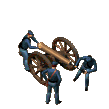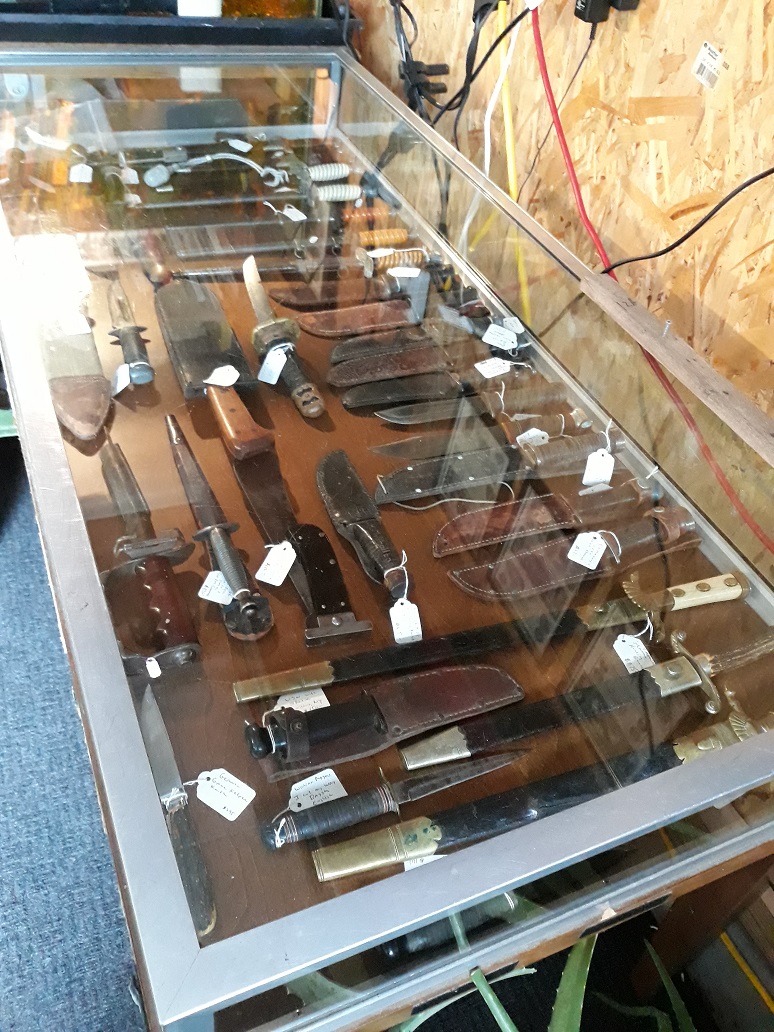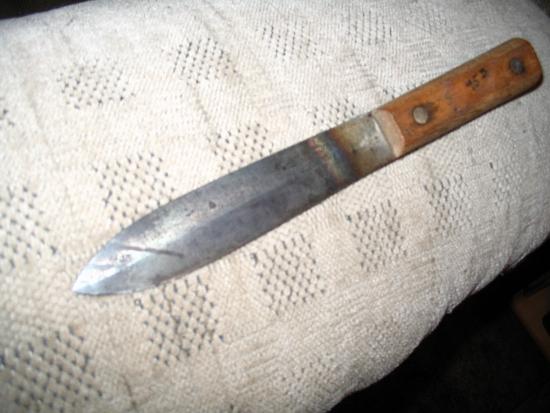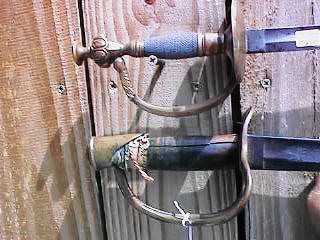

---
EVERY ITEM COMES WITH A 3 DAY INSPECTION PERIOD. We do buy and sell WW2 German War Items. I do not support the Nazi movement and these items are purely 'Spoils of War'. CHECK OUT OUR NEW ARRIVALS PAGE
Thanks! Ted


***NOTE:*** Thanks!!!
We certainly do appreciate your business!
Remember 911 and God Bless!!!
knives and bayonets 2I Here's a very nice spearpoint knife that is marked on the blade KEEN CUTTER 14260 STEEL. The piece overall measures over 10 1/2 inches long with a 6 inch spearpoint blade. This piece is in very good condition with a price marked on the wooden handle of $75.00 which is what we want for it. Nice piece!
knives and bayonets 1
This is a real nice Colonial type looking sword that actually dates to Imperial Germany with double clamshell guards, silver wire grip, and urn type pommel. The 32 1/2 inch blade is much like an 1840 NCO or Muscian's blade with a nice spread winged eagle on it and wonderful etching showing panopy of arms, etc. There are small areas of rust here and there on the blade and the original small red leather washer is present. There are no makers marks on the blade. This is a real nice piece and would enhance your collection! $350.00


